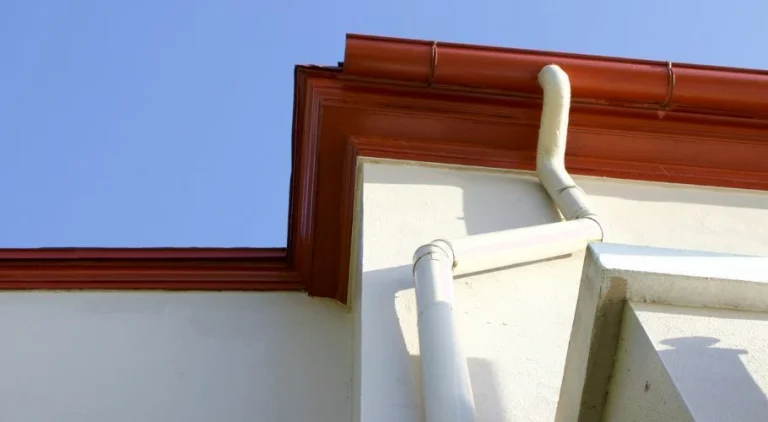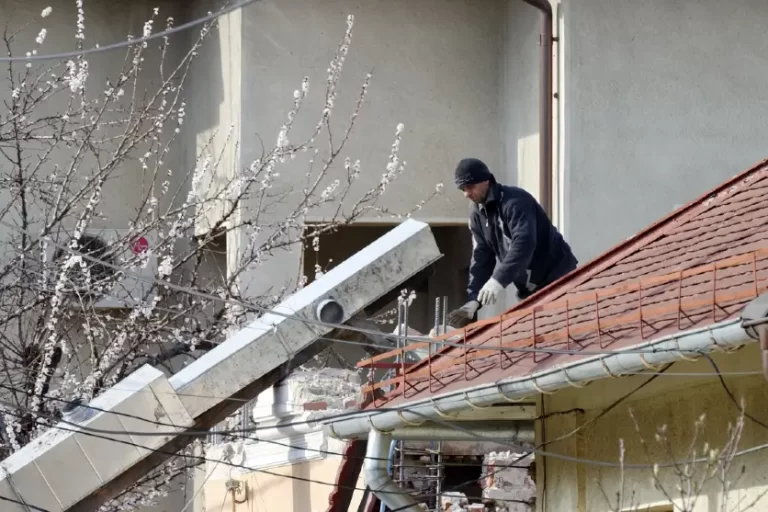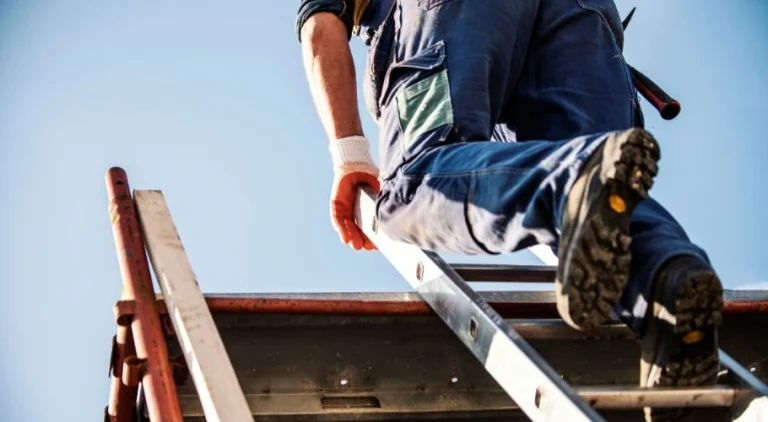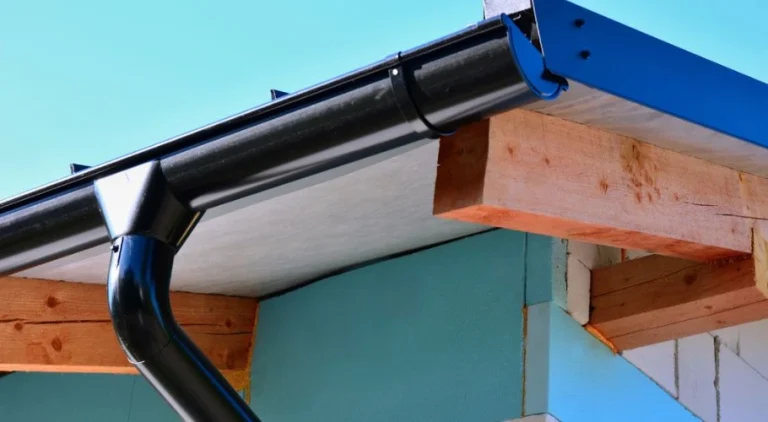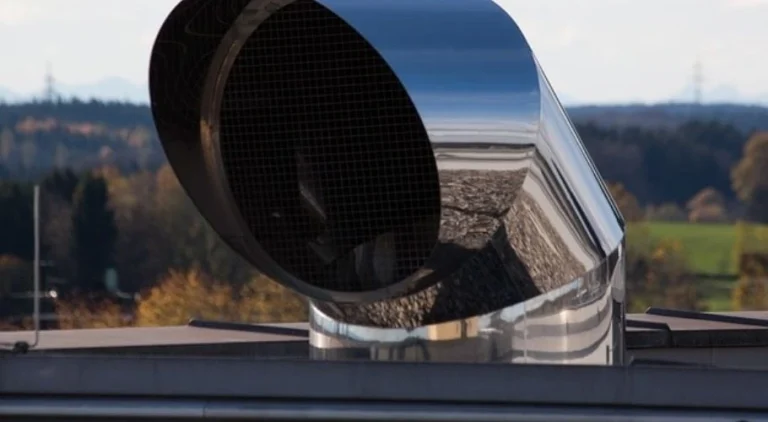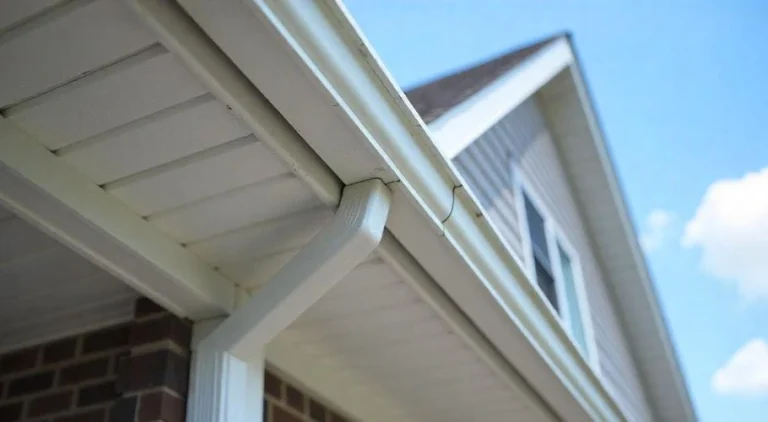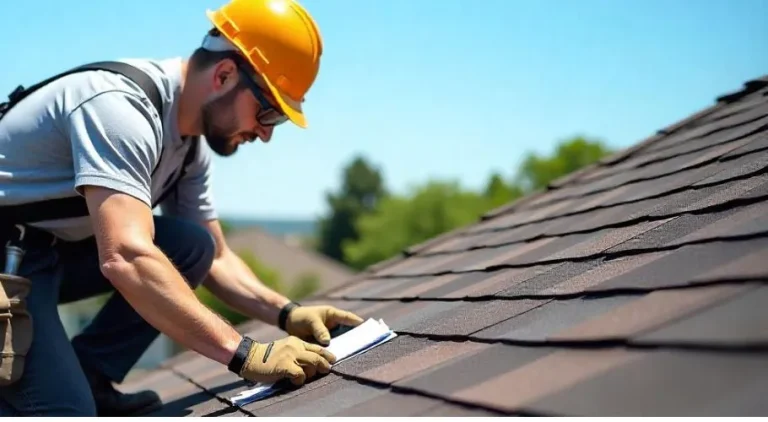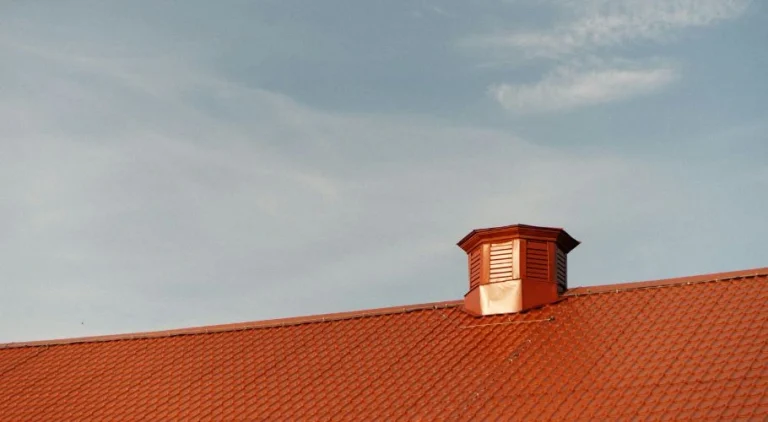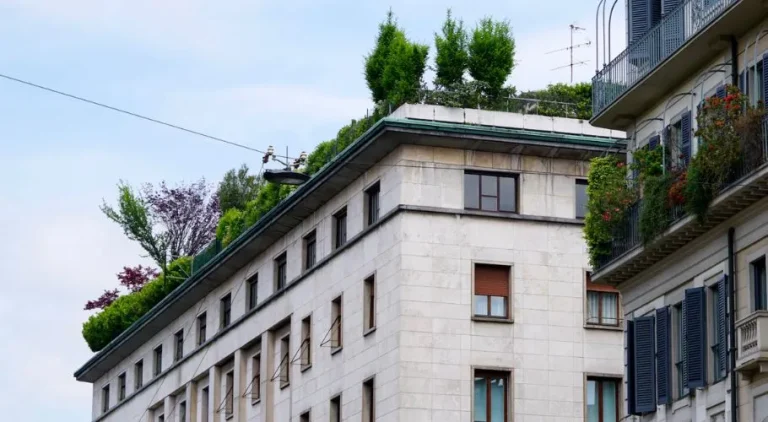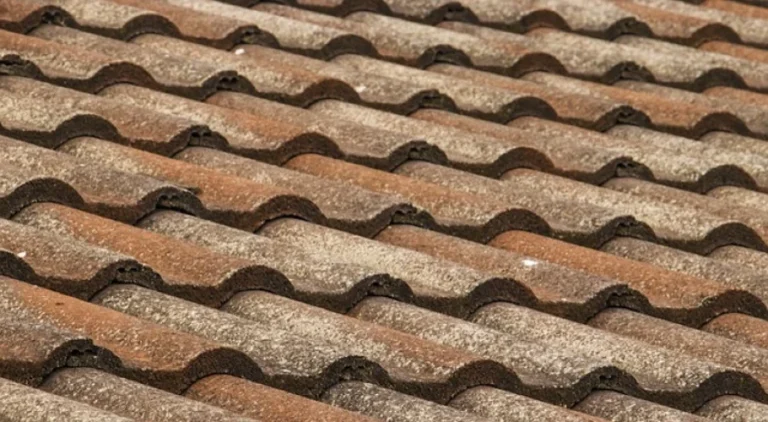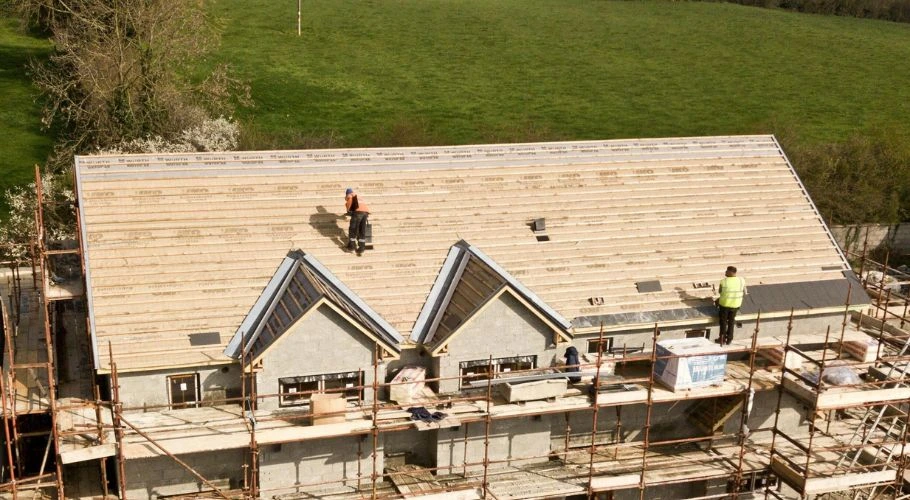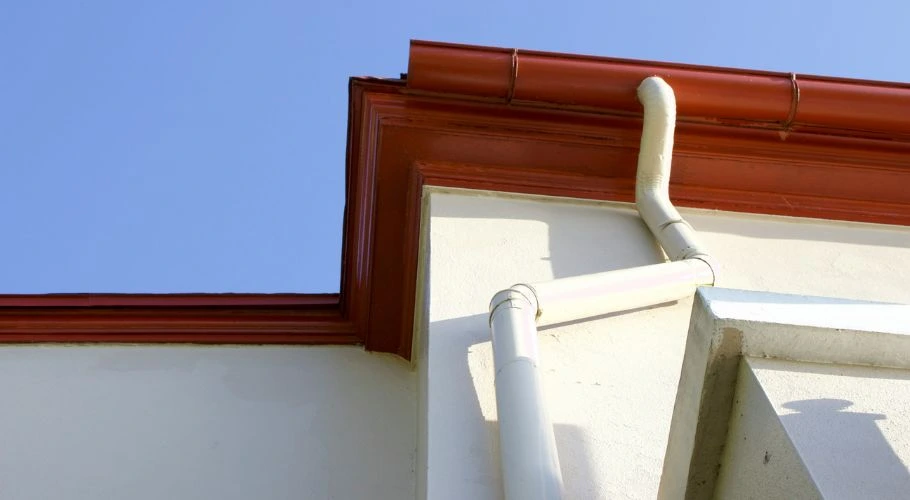
8 Common Downspout Issues That Can Affect Your Roof
Ask anyone who’s ever dealt with a flooded basement, rotten fascia, or random roof leaks, and they’ll tell you the most common downspout issues can quietly cause a lot of damage. Over the years at Robbins Roofing, we’ve found that roof issues are usually connected to something much simpler, like clogged or misaligned downspouts.
Here, we cover some of the most common downspout problems we see in Oklahoma City homes, what kind of damage they cause, and what you can do about it.
1. Downspouts Clogged With Leaves, Dirt, or Debris Buildup
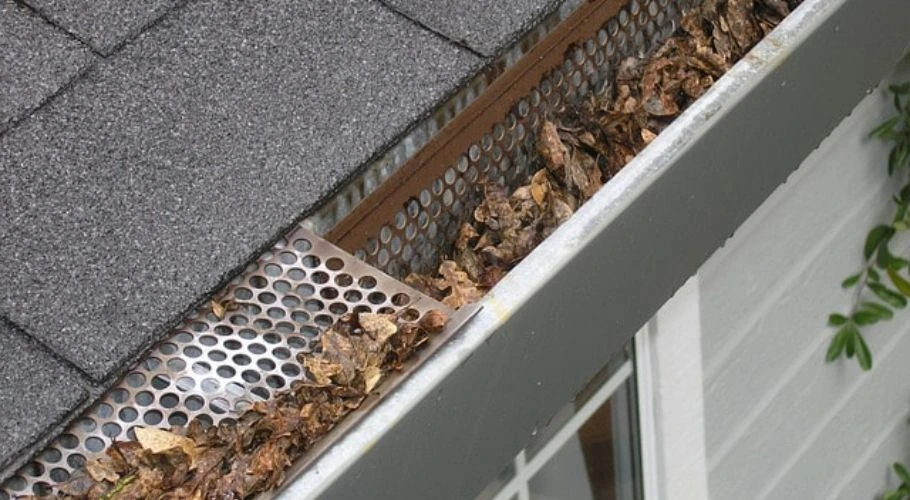
Clogged downspouts are probably the most common problem we see, and it’s especially bad in fall and spring. Leaves, twigs, roofing granules, and even bird nests can clog the inside of a downspout, backing up water and overflowing the gutter system.
When the water can’t exit the gutter system through the downspout, it has nowhere to go but over the sides. That overflow can seep under shingles, soak fascia boards, rot soffits, and erode the soil around your foundation. As time passes, this can lead to leaks in the roof, damage to the siding or basement walls, and ultimately, costly repairs.
What to Do
You can clear clogged downspouts with a garden hose, plumber’s snake, or wet/dry vacuum. Better yet, install a quality gutter guard or screen to prevent clogged gutters and stop the problem at the source. In heavy tree areas like Edmond or parts of Norman, this makes a huge difference.
2. Poorly Positioned Downspouts
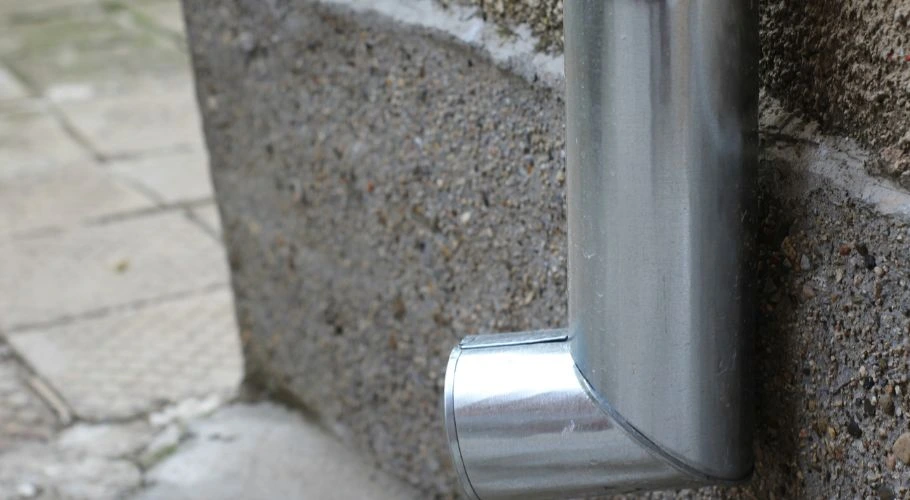
Sometimes, the gutter downspout itself isn’t broken or clogged—it just dumps water too close to the house. This usually happens when your downspout stops right at your home’s base. This means all that water soaks into the ground next to your home’s foundation. Eventually, that moisture builds up, potentially leading to soil erosion, foundation damage and shifts, basement flooding, and even structural damage.
What to Do
Downspouts should direct water at least 4-6 feet away from your home. You can attach downspout extensions or splash blocks to help move water away and avoid water-related damage. Make sure the extension slopes downward so water doesn’t collect near your foundation.
3. Downspouts That Detach During Storms
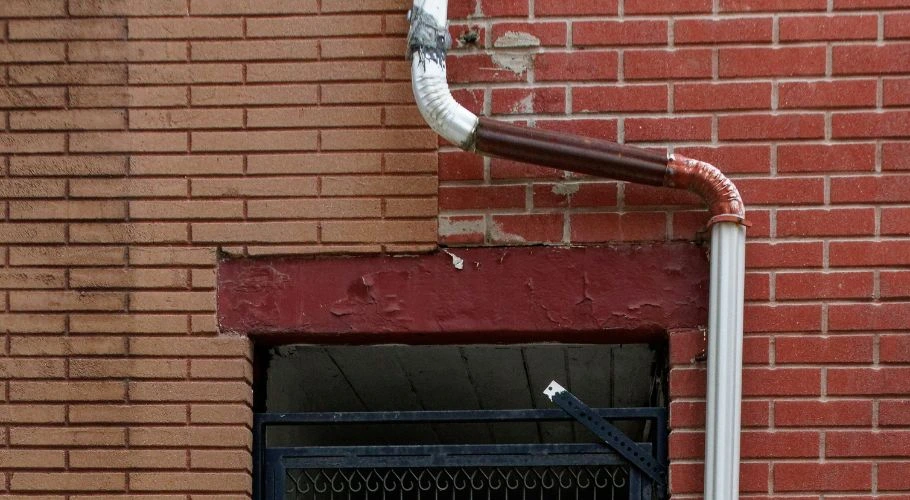
During extreme weather, downspouts can be pulled loose, especially due to improper installation and if the installer doesn’t use durable materials. In areas like Mustang or OKC, where we see high wind gusts during storms, this is more likely to happen.
A detached downspout leaves water pouring straight down from the roof edge. This not only damages the landscaping below, but also wears down shingles and gutters over time from the constant impact.
What to Do
Use proper brackets and fasteners to keep downspouts firmly in place, no matter the weather. Check your downspouts after every major storm to make sure they’re still secure and connected. If they’re damaged or bent, they may need to be replaced.
4. Poor Downspout Slope or Blocked Underground Drainage Systems
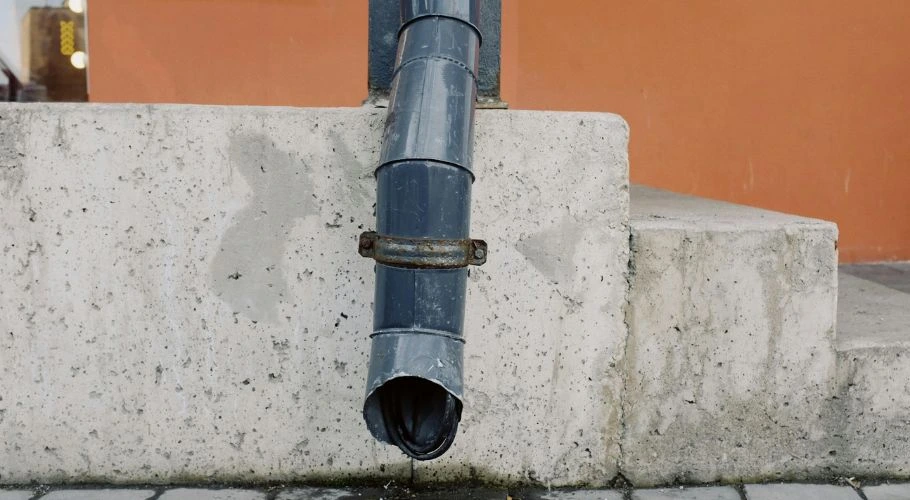
Some houses have downspouts that connect to underground pipes designed to carry water out to the curb or a dry well. The problem is, these pipes can clog, or the slope might not be steep enough to allow the best water movement.
As a result, water can back up into the gutter system and overflow during heavy rain. This puts stress on your roofline and lets water seep into soffits, fascia, or under shingles.
What to Do
Flush your underground downspouts once or twice a year with a hose or drain auger. If they’re constantly backing up, consider installing a pop-up emitter or daylighting the drain further out in your yard. In areas with heavy clay, underground pipes may shift or collapse over time, so they need to be re-graded to make sure you have a proper slope or fully replace the pipes if needed.
5. Downspouts Disconnected at the Elbow
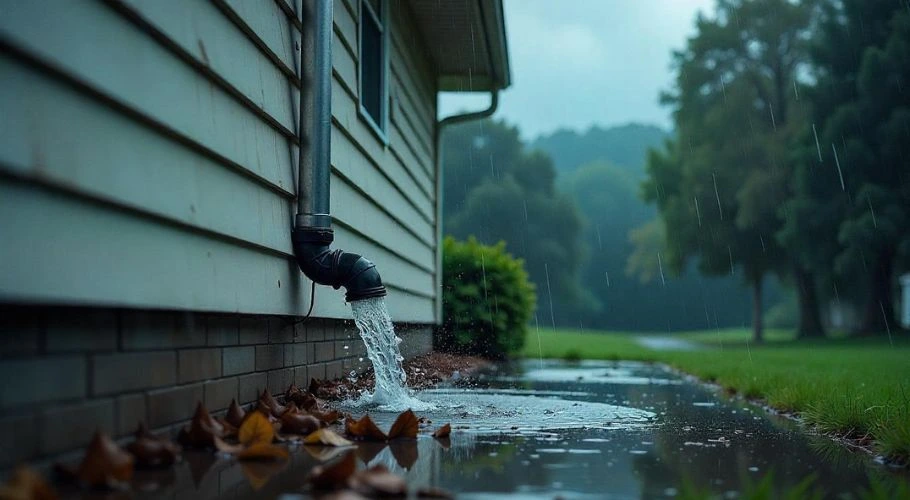
The elbow is the curved section at the bottom of most downspouts that directs water outward. It’s common for this piece to get knocked loose or kicked out of place. Without the elbow’s proper installation and placement, water falls directly at the base of your siding or foundation. As time passes, this creates problems like rot, mold, and even structural shifting, especially if you don’t do regular maintenance.
What to Do
Replace the elbow if it’s cracked or missing, and make sure it’s firmly secured with screws and not just wedged in. This is one of the quickest fixes that can save you from some of the most expensive repairs.
6. Downspouts that Empty Onto the Roof Itself
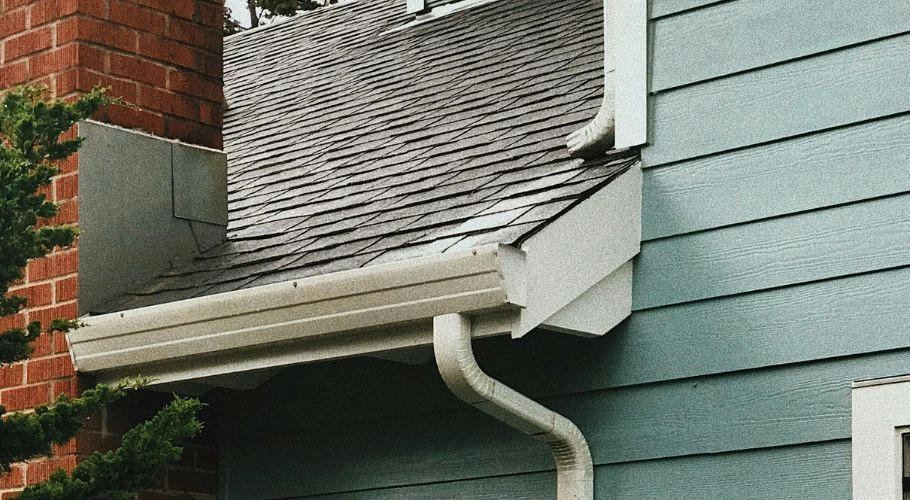
You might find upper-story downspouts in older homes (and even a few newer ones) that drain directly onto a lower section of the roof instead of into the lower gutter system. This constant flow of water onto one part of your roof leads to premature wear. Shingles in that area break down faster, and standing water can accumulate inside and under the roofing materials, especially if these were done with poor downspout installation practices.
What to Do
To prevent water damage and make sure water can flow freely to where it needs to go, redirect upper-story downspouts into the lower gutters with an extended elbow or downspout section. This is especially important on steep roofs or areas with composite shingles, which can’t take that kind of water exposure and will otherwise lead to costly damage.
7. Downspout Deterioration and Wear and Tear
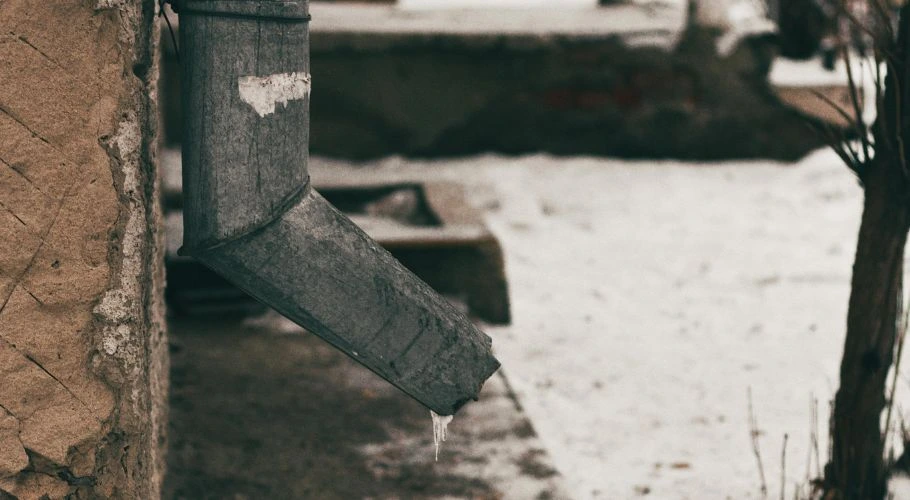
This can happen to both above-ground and buried downspouts. Over the years, they can deteriorate due to things like storms, extreme temperatures, and soil shifting. When you’ve got damaged downspouts, you also have water leaking into places it’s not supposed to. Some potential issues include rainwater accumulation around the foundation, oversaturated soil, basement flooding, and water damage to materials.
What to Do
With regular maintenance and inspection, you can identify any issues early and address them right away. This means the problem won’t have an opportunity to worsen. Depending on what the issue is, exactly, you might need repairs or partial/complete replacements.
8. Root Intrusions in Buried Downspouts
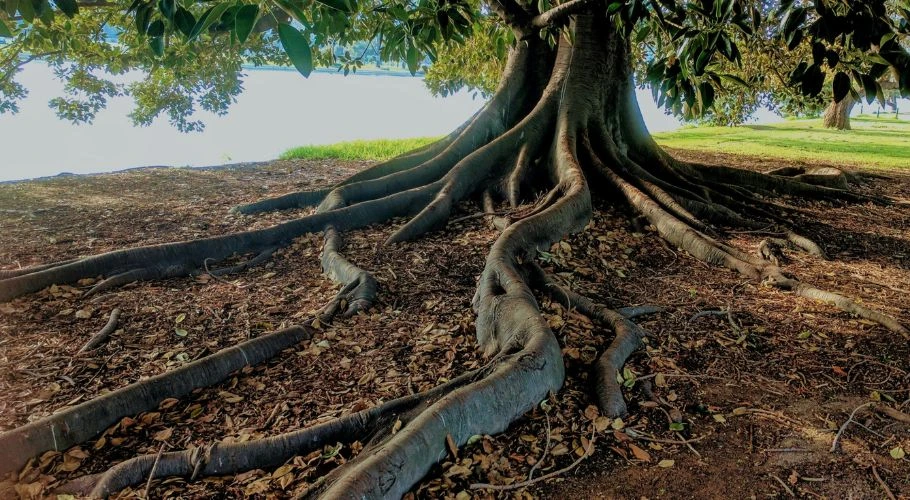
Compared to above-ground systems, underground or buried downspouts can get blocked or compromised by tree roots. Roots are attracted to water, and since buried downspouts carry water constantly, root intrusions can happen quite frequently.
When this happens to your underground downspouts, you can end up with clogs that reduce water flow and damage the downspout system itself. If this isn’t addressed right away, you could also be looking at foundation damage, water damage, and excessive soil erosion.
What to Do
Stay clear of root intrusion by installing root barriers around your buried downspouts so they can block tree roots from getting too close to the pipes. You can also use root-resistant materials like HDPE (high-density polyethylene), which is also used in root barriers. Aside from protecting the material, this will also improve water flow in your downspouts.
Robbins Roofing Provides Exterior Home Improvement Services in the OKC Area
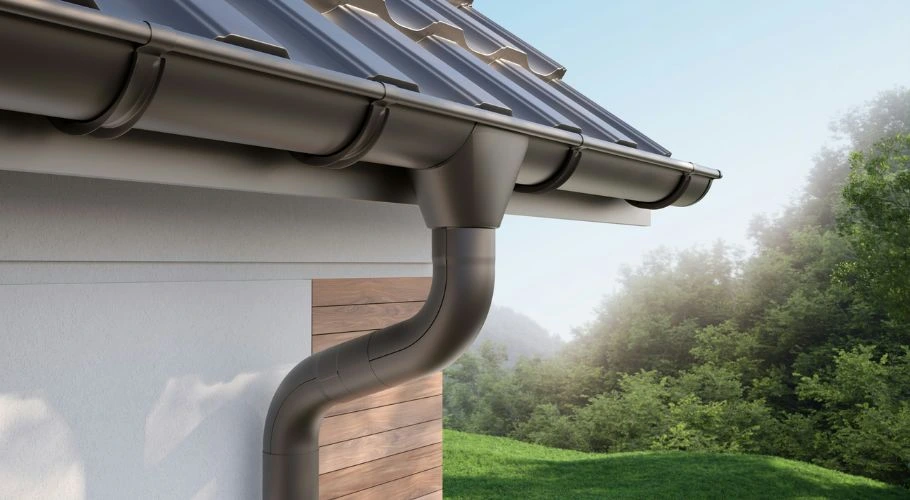
Downspout problems often get missed until they’ve already caused damage, which is why regularly inspecting and maintaining the system is important. Robbins Roofing offers exterior home improvement services in OKC, including help with common downspout and gutter problems. We can check if your downspouts are properly sized, whether you’re using the right materials for your climate, or if there’s any poor installation that needs to be redone.
Remember—we can handle all the common downspout problems (as well as the not-so-common ones), helping you prevent costly water damage and structural issues. We’ll walk you through the early signs and share other preventative measures to help you keep your downspouts in their best shape.
Get Your Free Estimate Today
At the end of the day, downspout and gutter wear and tear (and damage) can happen, even if they were installed correctly. With our downspout services, expect efficient and seamless gutter and downspout repairs. We’ll recommend solutions based on what we find and make sure you’re left with a functioning and well-installed system by the time we’re done.
Visit our website or contact Robbins Roofing for more information!

